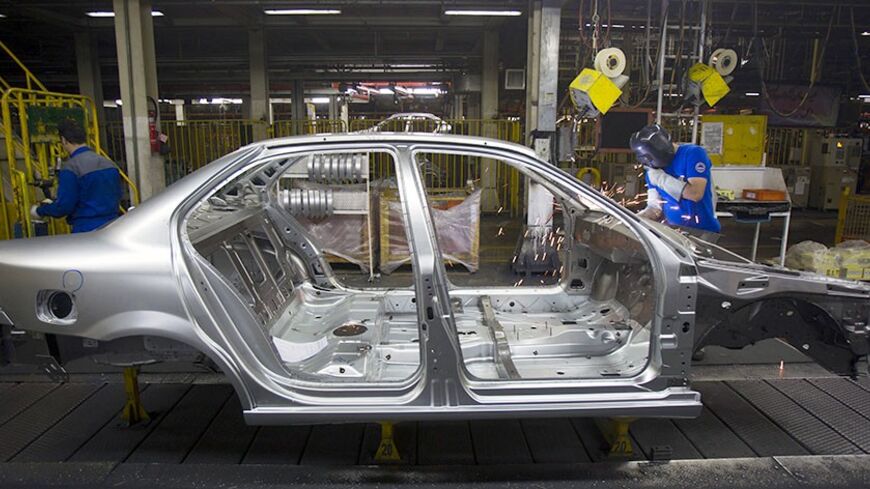TEHRAN, Iran — On Feb. 18, Ali Ali-lou, a member of the Iranian parliamentary Industries and Mines Committee, said Iran was planning to cut car import tariffs to zero in two year’s time. He said the measure was necessary to boost domestic production and make the auto industry competitive with its counterparts worldwide. The lawmaker urged the government to abandon support for the struggling sector, whose products are largely criticized in Iran for low quality and high prices.
The automobile industry, the biggest non-oil sector in the Iranian economy constituting around 10% of gross domestic product (GDP), boomed over the decade ending in 2011 due to the backing of the government and the absence of international rivals. The administration of former President Mahmoud Ahmadinejad increased car import duties as much as 90% last year, a measure that experts believe led to a marked deterioration of quality in the Iranian market monopolized by three major car manufacturers: Iran Khodro, Pars Khodro and Saipa.


